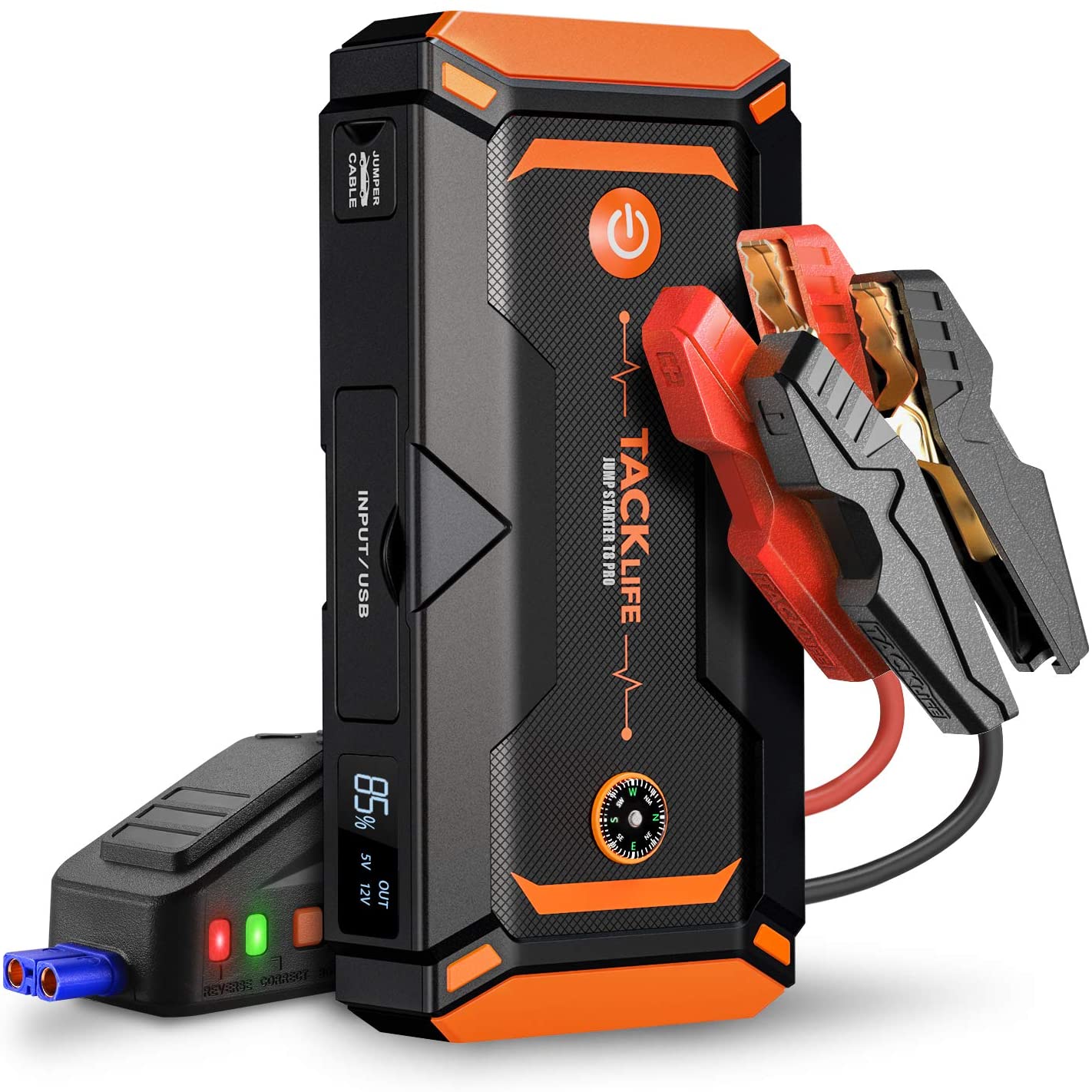
Ever experienced that sinking feeling of turning the key in your ignition, only to be met with silence? A dead car battery can derail your day faster than a flat tire. But fear not, because portable powerhouses like car battery chargers and jump starters exist to rescue you from such automotive anxieties. These devices are essential tools for any driver, offering peace of mind and the ability to quickly revive a lifeless battery.
From road trips to daily commutes, a reliable power source is crucial. While a healthy battery is typically dependable, factors like extreme temperatures, old age, or accidentally leaving lights on can drain its power. This is where battery chargers and jump starters come into play. They provide a convenient way to recharge your battery or provide the initial boost needed to get your engine running again. Understanding the differences between these two devices and how to use them effectively is key to being a prepared driver.
The concept of the electric starter motor, which relies on a charged battery, revolutionized the automotive industry in the early 20th century. As cars became more complex and reliant on electrical systems, the need for reliable battery charging methods arose. Early car battery chargers were bulky and often required a connection to a power outlet. Jump starters, on the other hand, evolved as a portable solution for quickly boosting a dead battery without the need for an external power source.
Today's car battery chargers come in various forms, from trickle chargers that slowly replenish a battery's charge over time, to smart chargers that automatically adjust the charging process to optimize battery health and longevity. Jump starters have also seen significant advancements, with many models now incorporating features like USB ports for charging mobile devices, built-in flashlights, and even air compressors.
One of the main issues associated with battery chargers is improper usage. Overcharging a battery can lead to damage, while undercharging can leave you stranded. Similarly, using a jump starter incorrectly can result in electrical damage to your vehicle. Understanding the specific instructions for your particular charger or jump starter is crucial for safe and effective operation.
A car battery charger replenishes a drained battery over a period of time. A trickle charger, for example, delivers a low current over an extended period, ideal for maintaining a battery's charge during storage. A smart charger, on the other hand, utilizes advanced technology to monitor the battery's state and adjust the charging process accordingly, preventing overcharging.
A jump starter provides a high current surge to start a vehicle with a dead battery. They are portable and often contain their own internal battery. For example, connecting a jump starter to a dead battery allows you to crank the engine and get back on the road.
Benefits of owning these devices include convenience, cost-effectiveness (avoiding towing fees), and safety. For example, imagine being stranded in a remote area with a dead battery. A jump starter could be a lifesaver.
Before using a jump starter, ensure the red clamp is attached to the positive terminal of the dead battery and the other red clamp to the positive terminal of the good battery. Then connect the black clamp to the negative terminal of the good battery and the other black clamp to a metal part of the car with the dead battery.
When choosing a car battery charger or jump starter, consider factors like battery type, charging speed, portability, and additional features.
Advantages and Disadvantages of Car Battery Chargers and Jump Starters
| Feature | Charger Advantage | Charger Disadvantage | Jump Starter Advantage | Jump Starter Disadvantage |
|---|---|---|---|---|
| Portability | Some models are portable | Traditional models require AC power | Highly portable | Can lose charge over time |
| Speed | Slower charging | Can take several hours | Instant boost | Doesn't recharge the battery fully |
Best practices include: 1) consulting your car's manual, 2) using appropriate safety gear, 3) connecting clamps correctly, 4) starting the working car first, and 5) disconnecting the clamps in reverse order.
FAQs: 1) How often should I charge my car battery? 2) Can I leave a charger connected overnight? 3) How long does a jump start last? 4) Are there different types of jump starters? 5) What safety precautions should I take? 6) How do I choose the right charger? 7) Can a jump starter damage my car? 8) How do I store a jump starter?
In conclusion, having a car battery charger and jump starter provides drivers with peace of mind, knowing they can handle a dead battery situation effectively. From basic trickle chargers to advanced smart chargers and powerful jump starters, there's a solution for every driver's needs. Understanding the differences between these devices, their proper usage, and safety precautions are essential for ensuring you're never left stranded. Invest in a reliable charger and jump starter, familiarize yourself with their operation, and enjoy the confidence of knowing you're prepared for any battery-related challenge on the road.
Unlocking charity power mastering the art of proposal writing
Exploring the deep connections of sister symbols and their meanings
Crafting the perfect high elf female name












